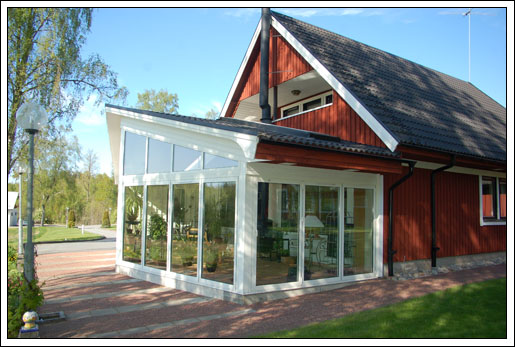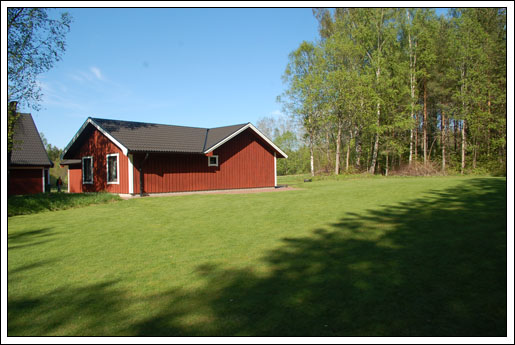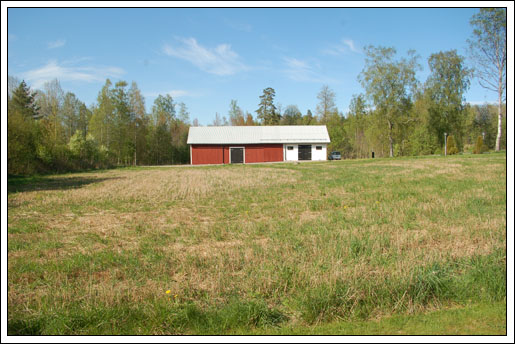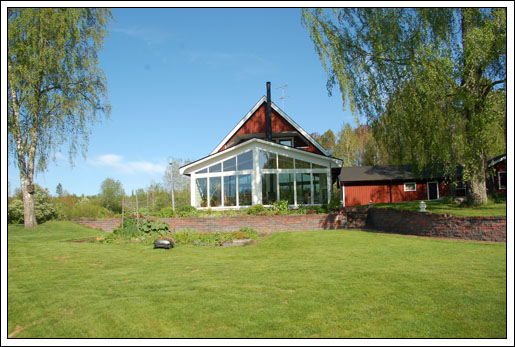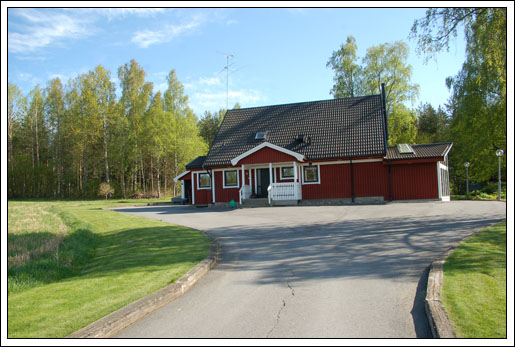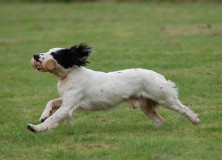
How to prepare your dog for obedience trials
Training the obedience exercises to perfection is of course important, but it is not enough. Without preparing your dog for performing at a trial, you risk getting a dog that is “ring wise” before long. This happened with the first dog that I competed with to the highest level. She did great in the first trials, but after a while, her performance in trials was about half as good as in training. And when I finally realised that we had a problem, it was not easy to solve it.
Now, preparing the dogs for trials is a big part of our training. There are different aspects of trialing that can be worked on separatly. Most of it can be done already with a puppy or young dog. Here are some of the things we work on before trialing:
- Prepare your dog for doing longer sequences without rewards. The biggest difference between training and trialing is usually that we reward our dogs much more often during training. This is usually what make dogs “ring wise”, they will find that difference out and stop performing as well in trials. Make sure that you do longer sequences without rewarding (of course, there is always a reward at the end of the sequence) in training and not just rewarding every exercise. My goal is to have the dog do 50% more (than what is required in a competition) before getting rewarded in training before we go to a trial. Sequences as a concept can be trained as soon as the puppy knows a few behaviors. Instead of rewarding every cued behavior, you might ask the puppy to “down” after coming to heel position and then reward. As the puppy gets used to that, you will sometimes start asking for more. I would say that this is the most important thing to do before trialing. If you do this well, you probably don’t have to worry about your dog getting ring wise.
- Do your training in a trial like setting. Arrange training that looks a lot like a real trial. Preferably, you’d set up a ring in a unknown location with new people and new dogs around. Let people act as judge and ring steward. This is the optimal set up, but I also find that just bringing in one or two of these elements into my training helps a lot. I might be at home, but have a ring set up and someone new telling me where to go in the ring. Or i might go to a new place and do trial like training with our usual training group. It all helps a lot!A common mistake is to make trial-like training boring for the dog. As soon as we do training in a trial-like setting, we want to try hard things to see what the dog can do. We reward more seldom than in our regular training and we add too many difficult tasks for the dog at once. Then all of this training is bad for our furure carreer, just as if we’d already taken an unprepared dog and trialed. You risk making the dog ring wise before even entering a trial. So make sure that you give your dog pleasant memories from the “trial”. Do easy stuff that you know that your dog will be good at. Make sure that your rewards are extra good. The most important thing is that the dog starts liking trials. The really hard challenges can be saved for training at home. You will of course at some point do hard things in a trial-like setting, but by then your dog should be at an even higher level while training at home.
- Do a lot of training on heeling the dog into the ring and heeling the dog between exercises. A lot of people tend to only train on exercises before trialing, but that would not make the dog fully prepared for the trial. In a trial, you also have to walk into the ring and heel the dog between exercises. Working on how to enter the ring is important for many reasons. I would get very nervous if my dog wasn’t with me while walking into the ring and my dog would probably not do as well in the exercises if she had to start the trial with something we never trained for. This is also your chance to give the judge a good first impression of you as a team. So train your heeling into the ring and between exercises. Don’t always reward when your dog finishes an exercise, do some heeling before rewarding from time to time.
- Proof for distractions. List all the distractions that could happen at a trial and train for them: A clumsy ring steward, dumbbells right by the jump, cones in your way while heeling, loud speakers, people commanding their dogs in a loud and aggressive way, food on the ground, bitches in heat, judges that follow you close by while heeling etc.
- Train for more than what is required by the rules. Few will perform as good in a trial as they do while training. Make sure that your dog can do a little bit more than what you will be doing in a trial. Longer distances, harder challenges and tough distractions. This will allow you to perform worse than in training but still be perfect in a trial. This will also make sure that your dog fins trialing easy and fun.


